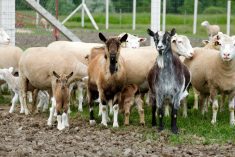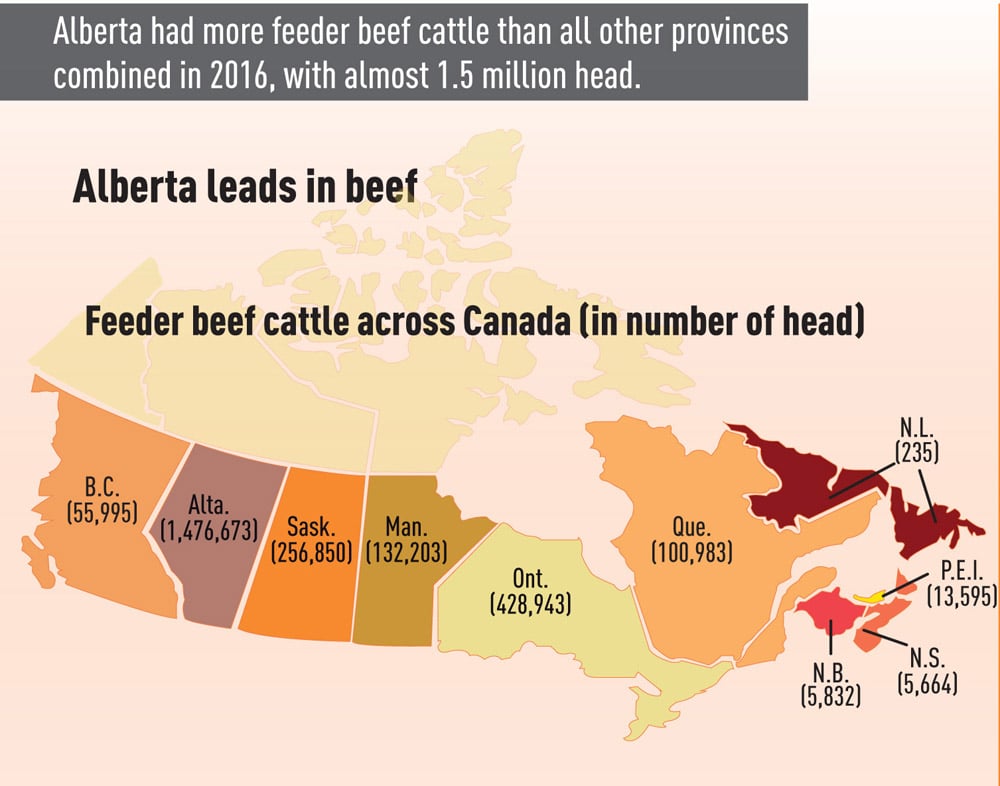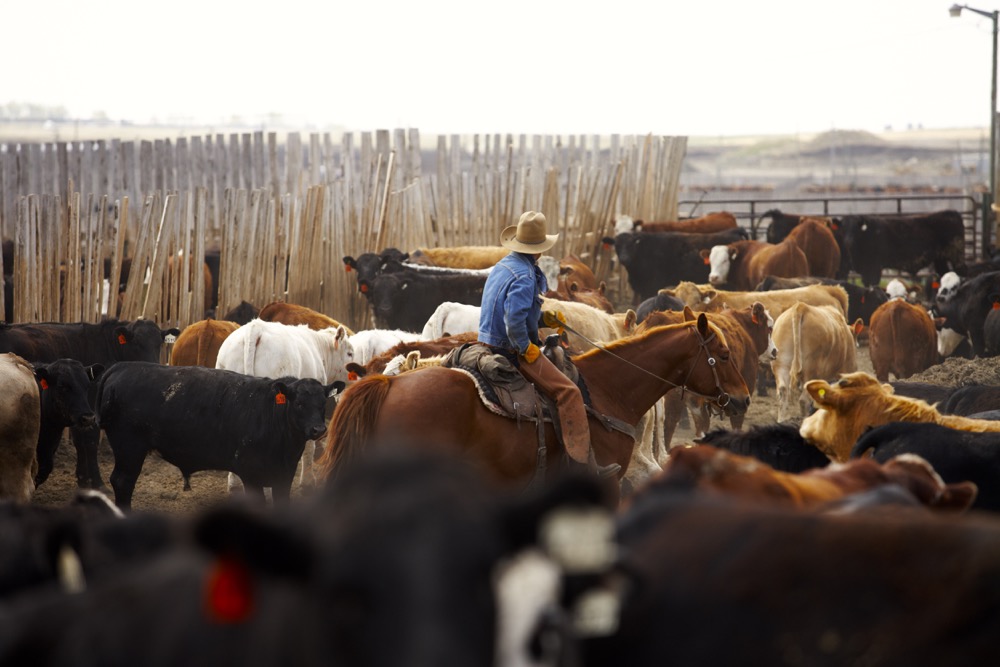Rancher Cherie Copithorne-Barnes wasn’t dreaming about being in show business when she got a strange phone call in the early 1990s.
“They asked if they could come out and bring us to a spot on our land,” said Copithorne-Barnes, CEO of CL Ranch just west of Calgary.
“We stood up on the hill, and they told us, ‘Never before have we seen 360 degrees of being able to film for a western and not have any power lines or roads in our way, and yet we’re 20 minutes from Calgary. It’s an ideal location for a major film.’
Read Also

Farming Smarter receives financial boost from Alberta government for potato research
Farming Smarter near Lethbridge got a boost to its research equipment, thanks to the Alberta government’s increase in funding for research associations.
“That was the Lonesome Dove production crew.”
Since playing host to the TV series (a spinoff of the iconic miniseries starring Robert Duvall and Tommy Lee Jones), the family-owned ranch has played host to over 40 major film and television productions on her land and backlot movie set, including “Shanghai Noon,” “Heartland,” and “Hell on Wheels.”
And that movie set has helped the family stay in business.
“We struggle to remain in agriculture,” she said. “That’s our main focus, but we’ve got lots of neighbours who don’t appreciate the traffic that can generate. It’s tough to keep all your neighbours happy when you have that kind of impact on them.
“So one of our biggest diversifications is, in fact, our movie set.”
The set — which includes period buildings from the 1850s to 1930s — is a major draw for film crews, but it’s the land they really love. In the case of “Hell on Wheels,” an American TV series about the building of the transcontinental railway in the U.S. that’s just wrapping up its fifth and final year, it was the variety of locations on the historic 15,000-acre ranch.
“They needed a number of locations that could represent the various states that they were building in, whether it was mountains or the plains,” said Copithorne-Barnes.
“This area here offers all of that because of the tame fields and the natural view of the vistas of the mountains.”
The land is “very unique” that close to a major city, she said.
“All that’s west of us is Kananaskis Country, so they’re guaranteed that there’s not going to be lights and roads and things like that being developed.”
Copithorne-Barnes also lets the film crews have free reign over the land while they’re filming there.
“For every movie company that comes in, we give them the freedom to develop what they need,” she said. “The only thing they’re not allowed to do is blow things up, and if they do, it has to be something that was pre-built temporarily for that purpose.
“There’s also a core street within this town that they can’t touch because it’s the foundation to the townsite.”
And right now, business is booming on the show business side of CL Ranch.
“With the weak Canadian dollar, it’s hotter than all get-out,” said Copithorne-Barnes. “But as much as the dollar dictates, it’s also about the tax conditions. For a while there, our government took away a lot of the tax credits and that absolutely annihilated the movie business in southern Alberta, and in Western Canada as a whole.”
For around three years in the late 2000s, the only filming at the site was for a German production.
“Then all of a sudden, the Alberta government brought back the tax credits, and instantly, we had movies in here. We’re booked for the winter again, and we know next summer is already booked as well.”
Most producers — farmers, not filmmakers, that is — wouldn’t consider turning their land into a filming location, but for CL Ranch, it’s been a fun, and lucrative, way to diversify.
“As you get into these new businesses, it just creates more opportunities. And by creating these new opportunities, that’s one of the ways that we’re able to stay here.”















